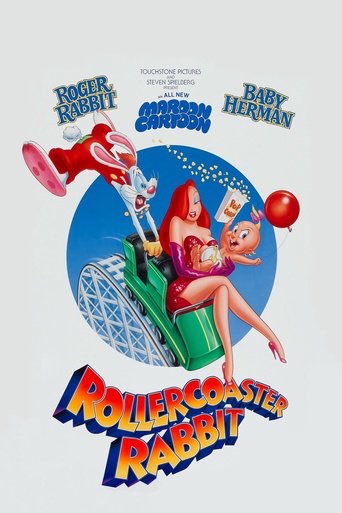(USA 1990)
“You better get over here fast. They’re gonna find out we’re not together.”
— Dispatcher (from Dick Tracy’s watch)
Dick, that’s an interesting name.
It took 15 years for Warren Beatty to achieve his vision of Dick Tracy, Chester Gould’s hard-boiled square-chin (and nose) comic strip detective in the hideous yellow trench coat (http://www.newsweek.com/tracymania-206276). I skipped over him in favor of lighter and friendlier (not to mention more current) stuff like Peanuts, Hägar the Horrible, Hi and Lois, Marmaduke, The Far Side, Life in Hell, and later Calvin and Hobbes and, um, Crankshaft. Good times!
I remember the media blitz during the summer of 1990. It included Madonna — I’m Breathless, an album of music from and “inspired by” the film, and a landmark world tour (Blond Ambition). I guess it makes sense coming a year after Tim Burton’s mega successful Batman that the studio would push Dick Tracy to be the next big blockbuster. This one cost more and made less, but it still made a mark at the box office.
Dick Tracy (Beatty) is dying to bring down mob boss “Big Boy” Caprice (Al Pacino), the city’s most notorious criminal. He may have found a way through femme fatale lounge singer Breathless Mahoney (Madonna), Big Boy’s new girlfriend. She knows a thing or three. Now, if only Dick can get her to talk. The problem is, she’s more interested in Dick.
Written by Jim Cash and Jack Epps Jr., the screenplay is adequate: it doesn’t knock your socks off, but it certainly holds your interest. It doesn’t really matter, though, because the story is secondary.
Dick Tracy is a sensory feast. Rick Simpson’s sets are gorgeous and elegant art deco cityscapes punctuated with primary colors and Depression Era practicality. Makeup designers John Caglione Jr. and Doug Drexler concoct memorably grotesque prosthetics that define each villain — there are many — and actually help you keep track of who’s who. Vittorio Storaro’s camera work pulls the whole thing together like an Edward Hopper painting.
Finally, there’s the music. Danny Elfman’s score is cool, but throw in some Stephen Sondheim songs — three of which Madonna performs — and you’ve got a winner. In fact, “Sooner or Later” won the Oscar for Best Original Song (https://www.oscars.org/oscars/ceremonies/1991). Bonus: Dick Tracy is the closest you’ll get, at least up to now, to seeing Madge perform “More,” an overlooked classic from her catalog that to my knowledge she’s never done live. Ever.
Dick Tracy isn’t perfect. A few moments teeter dangerously close to overboard on cuteness and camp, but fortunately Beatty knows when to pull back. This is not an essential film, but it’s an enjoyable one. I like it.
With Glenne Headly, Charlie Korsmo, James Keane, Seymour Cassel, Michael J. Pollard, Charles Durning, Dick Van Dyke, Frank Campanella, Kathy Bates, Dustin Hoffman, William Forsythe, Ed O’Ross, James Tolkan, Mandy Patinkin, R.G. Armstrong, Henry Silva, Paul Sorvino, Lawrence Steven Meyers, James Caan, Catherine O’Hara, Robert Beecher, Mike Mazurki, Ian Wolfe
Production: Touchstone Pictures, Silver Screen Partners IV, Mulholland Productions
Distribution: Buena Vista Pictures
105 minutes
Rated PG
(Music Box) B-
Chicago Film Society









